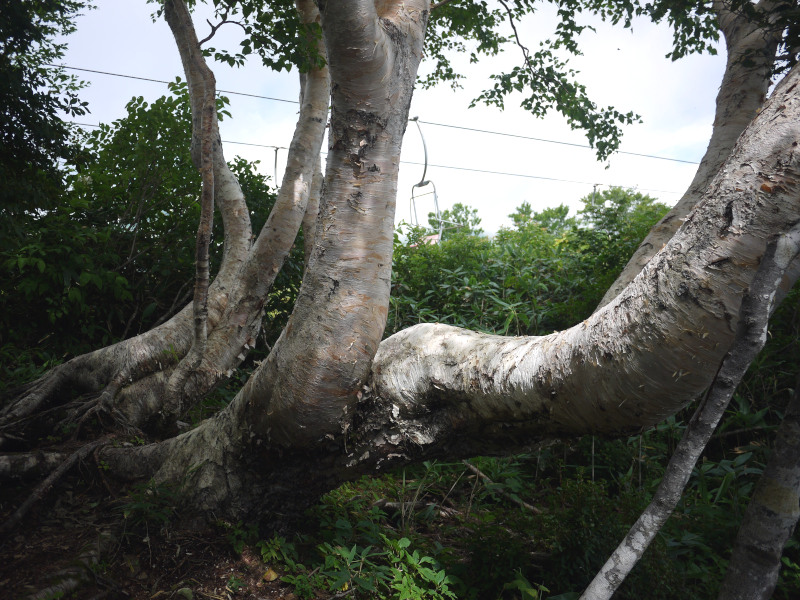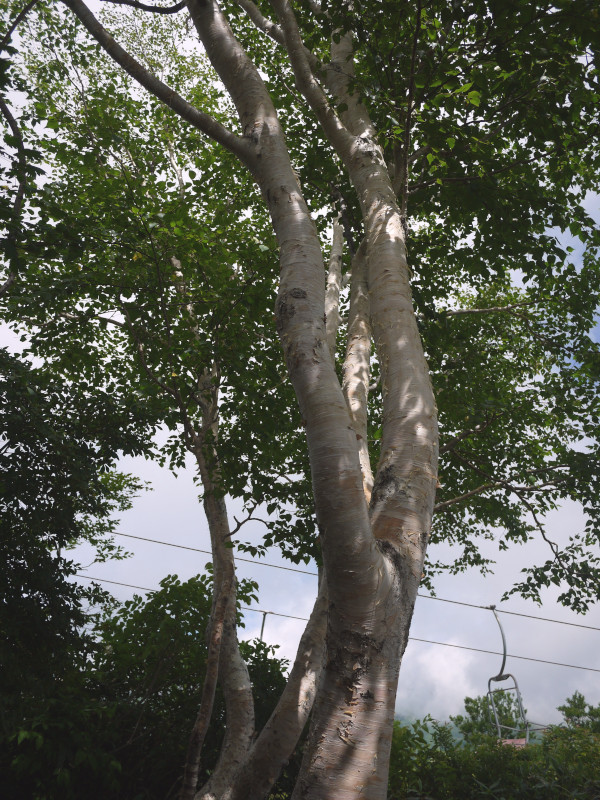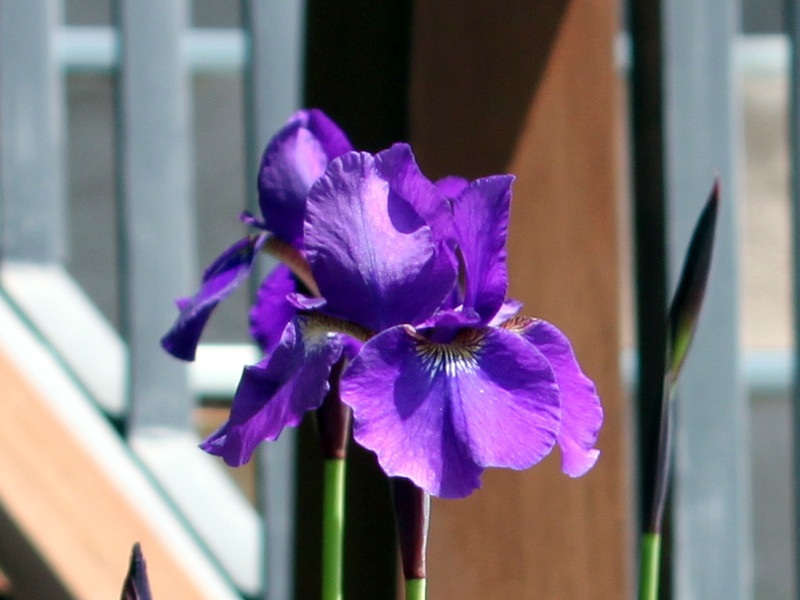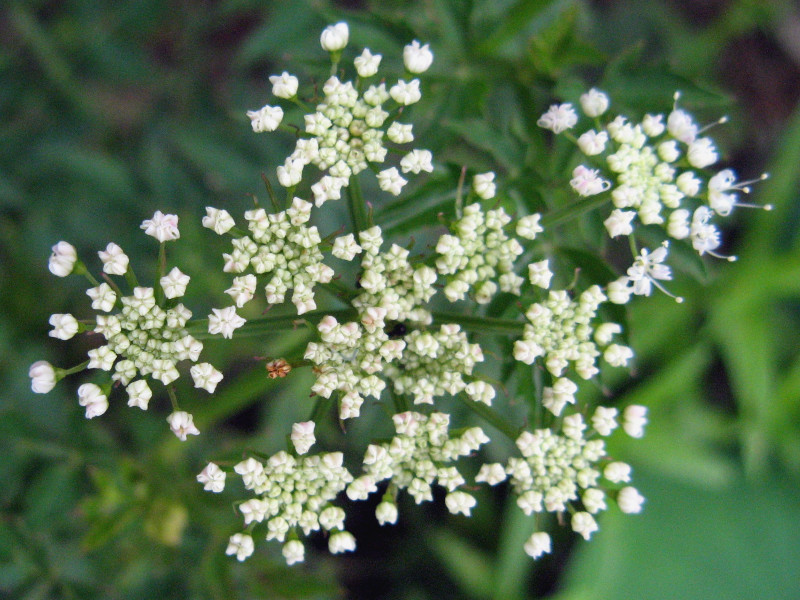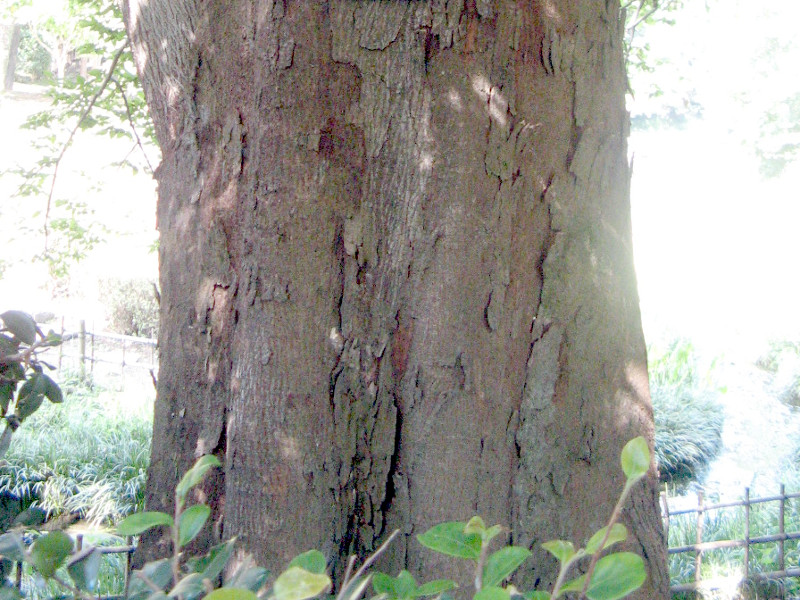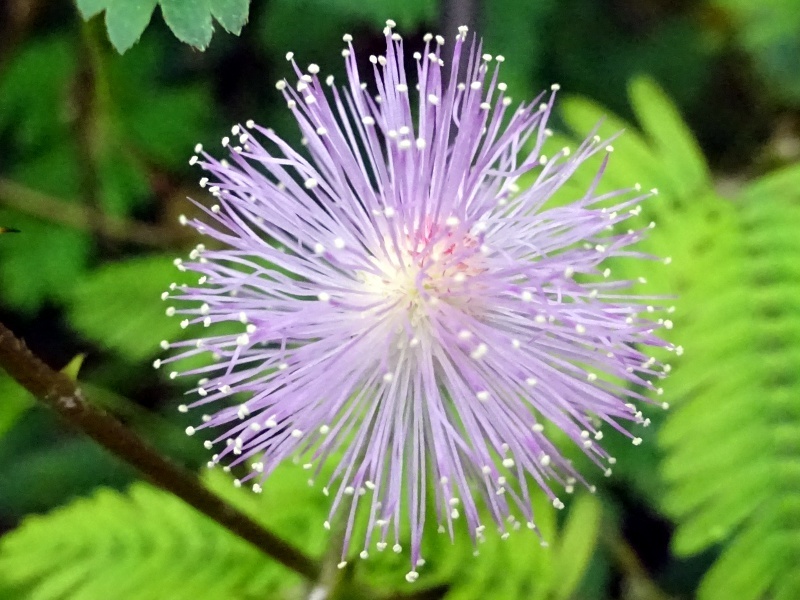Betula ermanii
- Flower nameBetula ermanii
- Scientific nameBetula ermanii
- Alias岳樺, ソウシカンバ, Betula ermanii
- Place of originJapan, China, Russia and Kamchatka
- Place of floweringHigh mountain, Sub-alpine
- Flowering seasonMay, June
What is Betula ermanii
Betula ermanii, Erman's Birch or the dake kamba (scientific name:Betula ermanii) is a deciduous broad-leaved tall tree in the genus Betula of the family Fagales, which is native to Japan, China, Russia and Kamchatka. It is a pioneer species and takes up bright, open areas quickly. Dioecious, dioecious flowers that bloom as soon as the leaves open in May and June. The male flowers are light green and hang down in long, thin strings about 10 cm long. The female flowers are erect but short and unremarkable. The autumn yellow leaves are beautiful. A similar tree is the Silacamba (birch, scientific name: Betula platyphylla), which is of the same genus. Shirakaba is found in the lower part of the subalpine zone, whereas Dakekamba is found in the upper part of the subalpine zone. The birch grows straight, while the datekanba grows crookedly. The bark is gray-brown and torn, whereas the birch is white and torn. The lifespan is longer than that of dakekanba.
Generic name: Betula ermanii, scientific name: Betula ermanii, also known as Erman's Birch or the dake kamba, living type: deciduous broad-leaved tall tree, bark color: grayish brown to whitish (old tree), mesophyll: alternate, leaf shape: broad-oval triangular, male inflorescence length: 10 cm, male inflorescence width: 0.8 cm, flowering period: May - June, scion length: 2 - 4 cm, scion width: 1 cm, scion shape: elliptical, pinnate length: 0.2 - 0.3 cm, pinnate width: 0.2 - 0.3 cm, use: joinery, appliance material.
